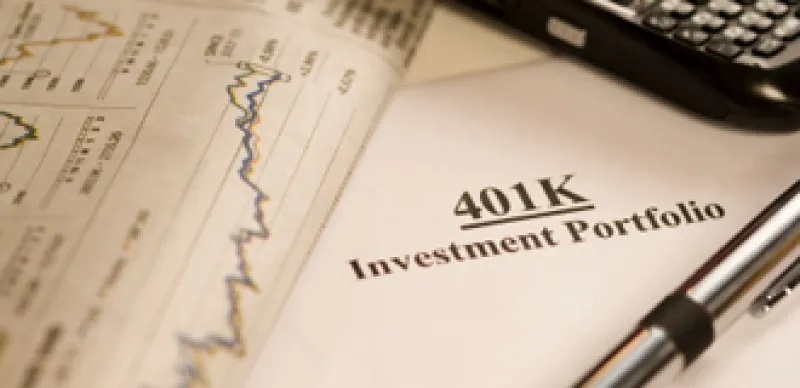For years, the typical 401(k) match has meant that a plan sponsor puts in 50 cents for every dollar an employee contributes, up to 6 percent of salary. But why not 33 cents on 9 percent of salary? Or 25 cents on 12 percent? An increasing number of money managers and advisers are urging their clients to rethink the magic formula, as a way to get workers to save more.
“We want to encourage participants to save at a higher level, to meet their own expectations of what they will need at retirement,” says Chip Castille, head of BlackRock’s U.S. and Canada defined contribution group. “The way to do that without raising the cost to the employer is to raise the level of the match so that, to get the total dollar amount you get today, you have to save at a higher level.”
Consider someone earning $100,000 a year. Under the traditional formula, that person would put $6,000 into her 401(k), and the company would add $3,000, giving the employee $9,000 toward retirement. What if the formula instead was to match one-third of the employee’s share on 9 percent of salary? The employee would ante up $9,000, the company would still fork over $3,000, and now the employee would have $12,000 in her 401(k) – far closer to what experts say she should be saving.
It wouldn’t cost the company a penny extra. However, the employee would have $3,000 less in her paycheck.
The incentive for employees, says Josh Cohen, head of Russell Investments’ defined contribution practice, is that “they’re going to have a much better ability to secure an adequate retirement.”
Unlike the historical 50 percent-of-6 percent, there doesn’t seem to be any preferred percentage for the revised match. An employer could achieve the same 3 percent net match in a theoretically infinite number of ways – 20 percent of the first 15 percent of salary, 37.5 percent of the first 8 percent, 25 percent of the first 12 percent, and so on.
The one reliable calculation is that the more that employees are already contributing, the less adjustment that’s needed. So far, proponents report mixed reactions from plan sponsors. Castille said that 15 percent of BlackRock’s clients have expressed interest, and about five have actually altered their formulas. When Russell Investments brings up the idea, about half the clients want to discuss it further, according to Cohen.
In fact, Russell rejiggered its own match in October 2009. The firm previously put in 15 percent of salary even before an employee contributed one dime, but now the automatic contribution is just 10 percent. The participant must then contribute his or her own pay, which Russell matches dollar-for-dollar, to get back to the 15 percent match.
Fidelity Investments, however, is finding more reluctance. That may be because it is focusing on the 10 percent of its client base that had suspended or reduced their matches during the recession, suggests Beth McHugh, vice president of market insights.
Fidelity’s idea, she says, had been to ask these companies, “If you’re looking to reinstate a match that had been suspended, can you take this as an opportunity to perhaps drive employees to save more?” But instead, “many employers are just reinstating what they had. Maybe that’s partly because it’s easier and it’s what participants knew, and they didn’t necessarily want to rock the boat.” One plan sponsor did switch, in order to align its formula with that of its parent company.
Asking workers to pay more when they’re barely inching out of recession is also tough, McHugh points out.
“A lot of employers want to do it, but they’re not quite there yet from a confidence standpoint,” she adds. “It’s going to take a little time, until they recover from the recession.”
Fran Hawthorne is the author of the award-winning “Pension Dumping: The Reasons, the Wreckage, the Stakes for Wall Street” (Bloomberg Press) and “Inside the FDA: The Business and Politics behind the Drugs We Take and the Food We Eat” (John Wiley & Sons). She writes regularly about finance, health care, and business ethics.






